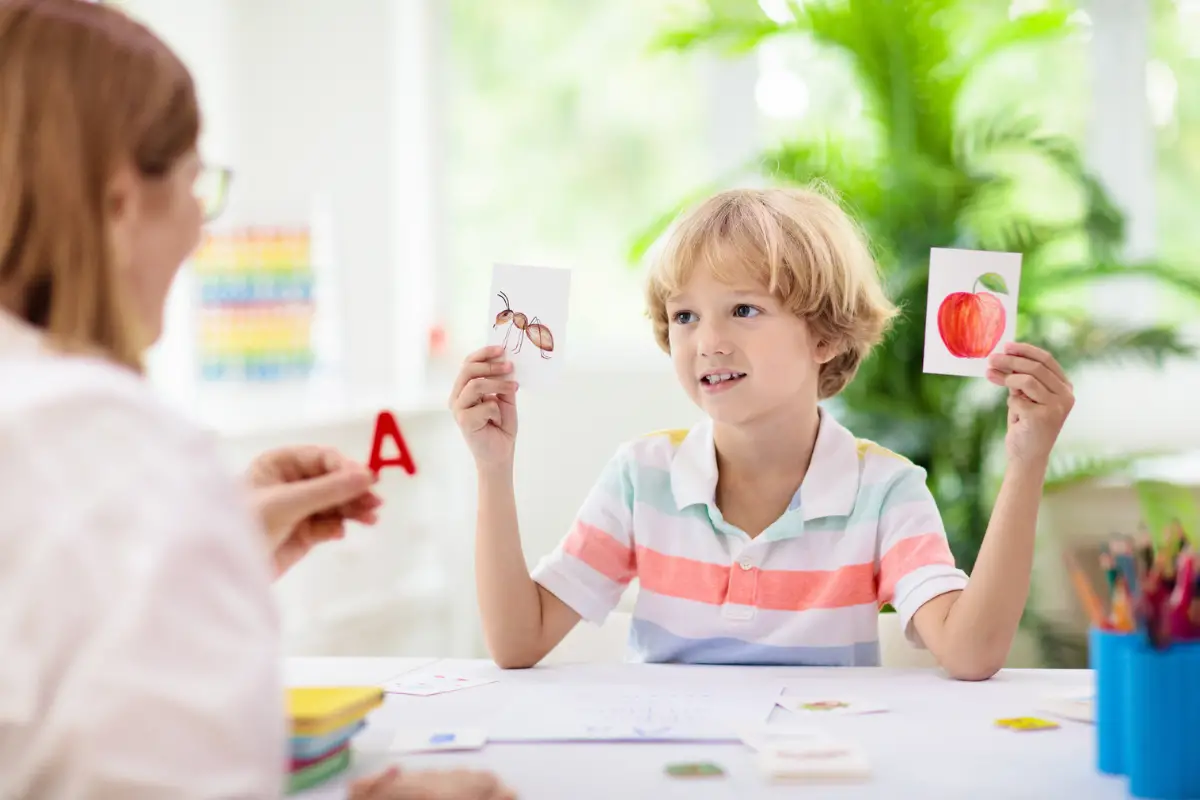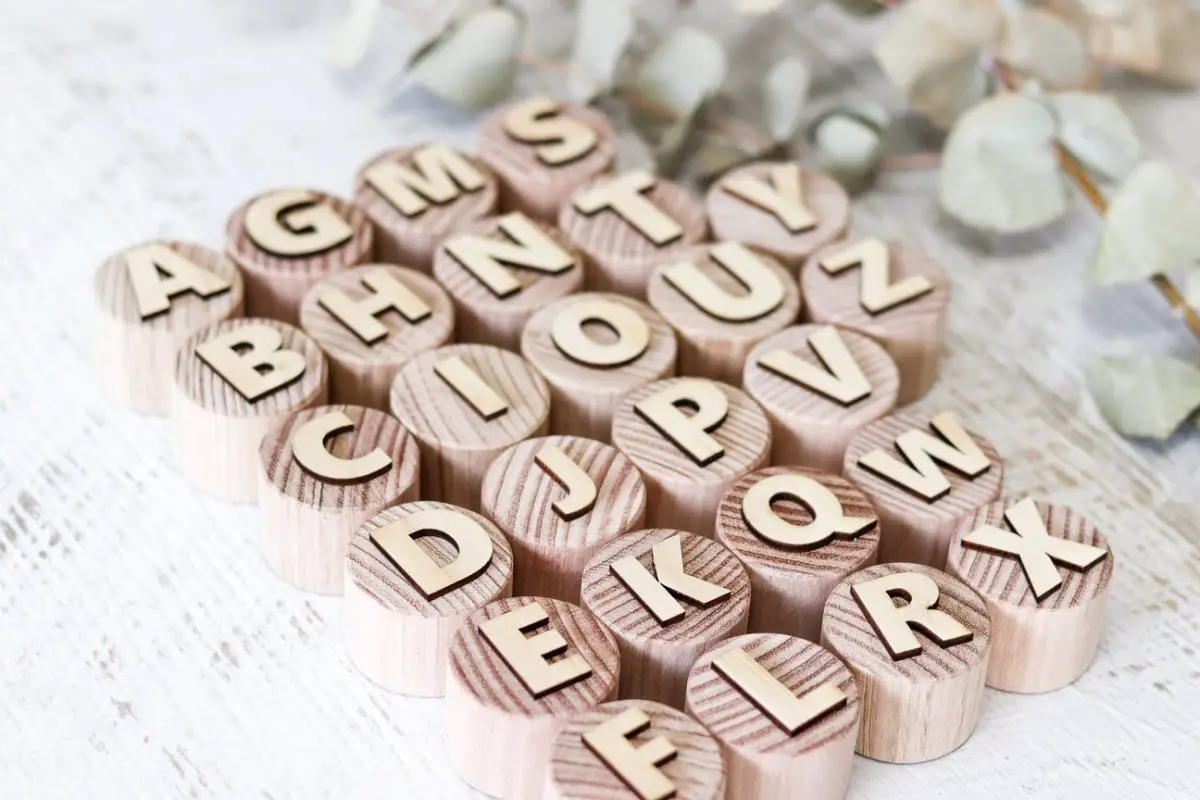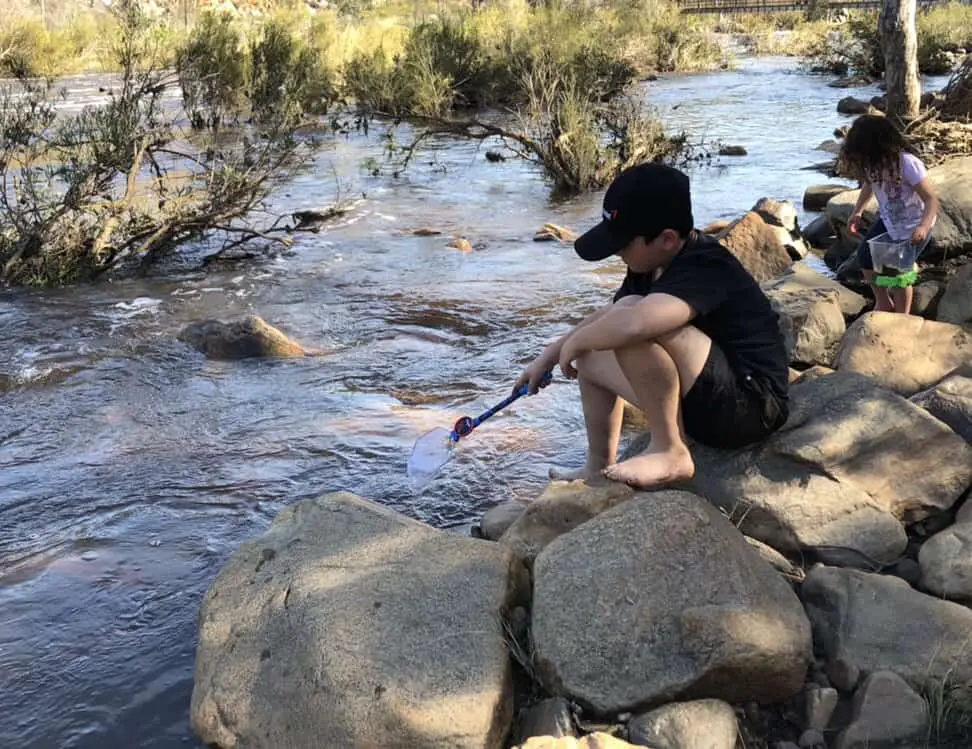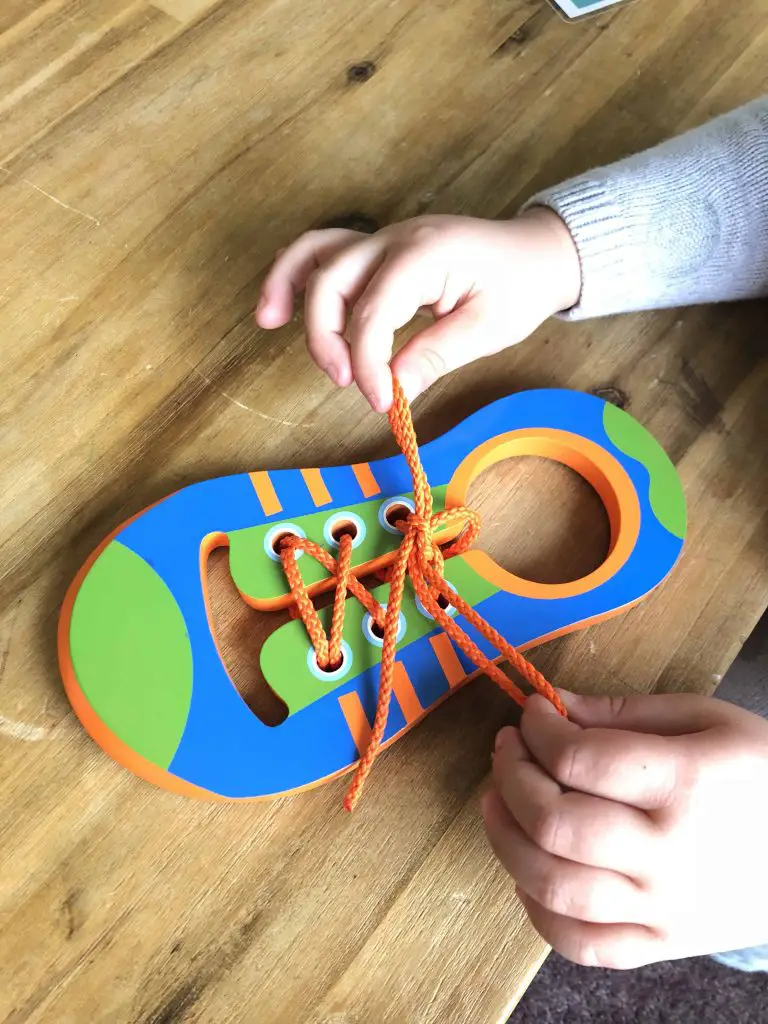Learning to Read with CVCs
Disclosure: This blog contains affiliate links which I may earn a small commission from if you purchase through them, at no extra cost to you.
Learning to read with CVCs and phonics-based learning has shown huge success in developing long-term reading and writing competency.
Having the ability to read and write is such a monumental element in our modern-day lives in so many ways.
Teaching your child to read and write can be exciting and be made lots of fun!
This being said, incremental steps should be taken to ensure a love of reading is supported.
These little lessons should be age-appropriate, engaging, and fun!
Learning to Read with CVCs
Fundamentals
- What is a CVC word
- Why is a consonant a consonant
- What makes a vowel a vowel
- Why do I need to teach CVC words
- What is meant by onset and rime
- What is a word family?
- Phonemes
- Graphemes
- Digraphs
- Trigraphs
- Quadgraphs
- How do I teach CVC words?
- What is the best way to teach CVC words?
Steps
Learning to read activities
- Games
- Printables – Coming soon!
- Hands-on Activities
Fundamentals
What is CVC word?
A CVC word is made of consonant, vowel, consonant. Examples of these words would be cat, dog, tap, map, and fit. Within a CVC word, the vowel sounds are always short sounds. CVCs can be read by simply blending single phoneme sounds conjointly.
These words are easy to segment and blend, making them easy to decode for young readers. Read on to discover more about what this means.
Why is a consonant a consonant?
Consonants are the non-vowel sounds made by restricting air from flowing out of the mouth with either lips, tongue, palate, or teeth.
For example, ‘p’ is made with pursed lips, the ‘r’ sound is made with the tongue raised to the palate.
What makes a vowel and vowel?
Vowel sounds are made with air moving from the mouth without closing or restrictions of any part of the mouth or throat. These include A, E, I, O, and U.
Sometimes Y can make both consonant and vowel sounds. In ‘funny’ the ‘ y’ makes a vowel sound however in ‘yak’ the ‘y’ makes a consonant sound.

Why do I need to teach CVC words?
Teaching CVC words introduces your child to develop the knowledge and understanding to transform sounds into words. It is an exciting time when children transition from recognising letters and connecting the sounds they represent to sounding out words.
This foundational phonics skill is a gateway to developing other skills such as word families and rhyming words. There is a lot of evidence that indicates teaching phonic awareness is highly effective in enabling children to become proficient readers.
CVC words are simple to sound out. They allow students to understand that words have beginning middle and end sounds that when said together, create a word. That is, to identify the onset and rime. Introducing students to segmenting and blending with CVCs builds them a solid foundation to excel as confident readers.
Phonological Awareness
Phonological awareness is a broad term describing the ability to identify and manipulate oral language. Furthermore, it is the understanding of how sounds are linked together in words.
Phonological awareness is the ability to hear, identify and manipulate the individual sounds that makeup words. This is an important skill for children to develop as it helps them to understand how words are made up of sound segments (known as phonemes). It also assists with their reading and writing skills, as they are better able to decode new words.
Units of phonological awareness include:
- words
- syllables
- onsets
- rime
What is meant by onset and rime?
One way to help children develop phonological awareness is by teaching them about onset and rime.
Onset refers to the initial consonant sound in a word, while rime refers to the vowel and any following consonants.
For example, in the word hat,
h-onset
at-rime
h-at
Using onset and rime allows for children to become more aware of sounds within words.
When teaching about onset and rime, it is important to use real words rather than made-up examples. This is because children are more likely to be able to apply what they learn to actual words that they come across.
This phonological awareness skill will extend to help them recognise common word families.

What is a word family?
One great way to help children become aware of the different sounds within words is by using word families.
A word family is a group of words that share the same vowel sound and following consonants.
For example, the word ‘bat’ is part of the bat family as it shares the same vowel sound (a) and following consonants (t).
Other words in the bat family include ‘mat’, ‘cat’, ‘rat’, and ‘pat’.
When teaching about word families, it is important to start with common words that children are likely to know.
This means that they will be able to understand how these words form part of a family and can begin to apply this idea to words they may come across later.
By developing these skills when learning to read and write children will be more equipped to decode new words.
What are Phonemes, Graphemes, Digraphs, and Trigraphs?
Phonemes
Phoneme, what? It’s okay – we got you!
Let’s break down these terms.
So when discussing phonemes, we are referring to the smallest unit of sound.
For example, in the word ‘cat’, there are three phonemes.
The letter ‘c’ has its own unique sound, as do the letter ‘a’, and the letter ‘t’.
From 26 letters in the alphabet, there are many more sounds represented by individual letters along with blends.
Graphemes
A grapheme is the written unit to represent a sound.
These can be a singular letters or multiple.
For example, in the word ‘bath’, there are three graphemes when written.
b-a-th
The ‘b’ and the ‘a’ each represent a sound individually. The ‘th’ represents one sound or phoneme using two letters.
Digraph
A digraph is two letters that when joined create one sound.
Some examples of diagraphs include
- ai
- th
- sh
- ck
- gh
- ph
- or
- au
- ay
- er
- ng
- wh
- ou
- kn
- ow
- ch
- gn
- wr
Words with digraphs
- Sail S-ai-l
- Bath B-a-th
- Shed Sh-e-d
- Duck D-u-ck
- Ghost Gh-o-s-t
- Graph G-r-a-ph
- Cord C-or-d
- Auto Au-t-o
- Tray T-r-ay
- Stern S-t-er-n
- King K-i-ng
- Why Wh-y
- ou
- knot Kn-o-t
- Bow B-ow
- Lunch L-u-n-ch
- Gnocchi Gn-o-c-c-h-i
- Wrong Wr-o-n-g
Trigraphs
A trigraph is a group of three letters that create one sound.
Some examples of trigraphs include
- tch
- igh
- air
- ure
- ore
- are
- aye
- ear
- ewe
- owe
Words with trigraphs include
- Twitch t-w-i-tch
- Pure p-ure
- Sigh s-igh
- Bore b-ore
- Stare s-t-are
- Bear b-ear
- Stair s-t-air
- Owes owe-s
- Jewel J-ewe-l
Quadgraph
A quadgraph is a group of four letters that create a single sound.
Some examples of quadgraphs include
- eigh
- ough
- augh
- ngue
Words with quadgraphs include
- Sleigh S-l-eigh
- Cough C-ough
- Laugh L-augh
- Tongue T-o-ngue

How do I teach CVC words?
Teaching children to read with CVC words is exciting!
Each educator if asked, would likely give a variety of different answers as to how CVCs should be taught. There are so many ways to introduce your child to CVCs. Developing learning experiences that connect with your child’s interests can lead to a more meaningful learning venture.
Your child’s confidence in their ability to read will flourish if they are nurtured and ready for this big step.
This being said, it is vital that your child has mastered letter recognition and letter sounds before attempting CVC words. Being able to work with spoken sounds, your child will develop a solid foundation for the next steps in learning to read. Incremental steps are key!
A hands-on learning approach can be taken to teach CVCs. Adding the element of play-based activities makes for an engaging meaningful learning experience. Using pictures to represent the words can assist beginner readers to create a visual link between the image and the word they are decoding. There will be much more success encouraging our early readers to learn through play while having fun.
Steps
What is the best way to teach CVC words?
Teaching a child to read and write with CVC words is an incremental process. Small steps will lead to great achievements!
Step 1: Learning Sounds
Yes, the first step in learning to read and write does not even involve your child having words in front of them or a pencil in their hand.
Environmental Sounds
Identifying environmental sounds is a preliminary skill that allows children to refine their listening and sound recognition skills. Not only can this be turned into a fun game during your daily walk, but listening for specific sounds is a transferrable skill that is vital for learning to read and write with CVCs.
Listening and isolating environmental sounds also teaches them that sounds can represent something. A school siren is a signal that lunch break has started, the toot of a car horn is giving a warning to a cyclist, the bark of a dog is showing its excitement for the ball about to be thrown and the sound of an engine is a sign that they should wait back from the road for the oncoming car to pass.
Refining their listening skills will enable children to identify sounds within words and understand that these sounds represent a letter or letter combination.
Activities for learning environmental sounds
- make a DIY musical instrument
- Identify the sound of the postman’s bike or the rubbish truck when they are servicing the street.
- Asking your child, ‘whats that sound?’
- Play I-Spy focusing on sounds eg. I spy with my ears something that is ticking- the clock!
- Make a sensory path with bubble wrap, cookie sheet, shredded paper, dried pasta
- Create a water xylophone
- Point out the sounds of specific instruments while listening to music
Animal Sounds
Singing animal songs such as ‘Old Macdonald’ reading books featuring animal sounds and making animal sounds in play can greatly impact your child’s development. Not only are they being exposed to more words resulting in a richer vocabulary, but also more sounds represented in the English language.
Making animal sounds such as the ‘moo’ of a cow or ‘baa’ of a sheep encourages your child to use a large range of phonemes, and even begin with basic sentence structure. While your child may begin saying ‘moo’, with the support they will soon be saying, ‘moo cow’. This will evolve over time to ‘moo cow there’, ‘moo cow eat there’ etc.
Body percussion
Body percussion simply involves a child using their body to make sounds. This may include stomping their feet, clapping their hands, clicking their fingers, or patting their thighs.
There are many reported benefits of engaging a child in the movement to create more success in learning. Body percussion can be used when segmenting to create a fun learning experience.
Activities using body percussion for learning CVCs
- Clap out the phonemes with your hands or patting thighs
- Stomp feet while adapting the classic ‘whats the time Mr Wolf’ to reflect on sounding our CVCs
- Click fingers from one side of the body to the other with each sound isolated in a word
- Pat head, shoulders, hips, knees, and toes when identifying sounds in words
Rhyme
Rhymes can be used in several ways to engage children in learning to read and write.
Through rhyme, children are able to learn how vowels and consonants sound and how a single letter or sound within a word is able to change the meaning entirely. Rhyming words demonstrate how combining different sounds creates new words.
Additionally, rhymes can also improve memory capabilities. The patterns they create not only make them easier to remember but also make the text more predictable which aids in comprehension.
Nursery rhymes can play a huge part in a toddler’s and preschooler’s development. They open up so many learning through play opportunities for your child.
Alliteration
Alliteration refers to identifying and generating words that have the same initiating sound.
Eg. Larry Lion likes listening to Lisa Loikeet’s laughing.
Children can have a lot of fun creating alliteration-themed games, crafts, and activities.
Alliteration involves children creating a focus on sounds within words and their pronunciation.
These sounds are not limited to letter sounds either. For example, consider:
Frank flamingo phoned Phil the friendly fish.
The ‘ff’ sound can be generated in multiple ways. Recognising sounds is more important than matching letters at this stage so have fun creating some silly sentences!
Alliteration presents an opportunity for your child to pay closer attention and have a deeper understanding of the sounds within words. This in turn will give them more confidence to decode challenging words and make them faster readers.
Not only is exploring alliteration fun, but this learning strategy also encourages higher-order thinking and cognitive development.
Start off by matching just a couple of words before expanding into longer, meaningful sentences to allow your child to develop confidence.
Keep in mind, your child is
- Identifying a sound
- Thinking of other relevant words
- Determining whether these words start with the same sound
- Actually saying the words out loud, pronounced phonetically
Step 2: Blending Sounds
Segmenting
Phoneme segmenting refers to breaking up a word into individual sounds.
For example, the word cat can be broken down or segmented into three sounds; c-a-t.
This is an important skill that acts as a foundation for a systematic approach to teaching your child to read. Children who have a strong ability to identify sounds, and recognise the letter associated will demonstrate superior literacy growth.
Sound isolation
Sound isolation refers to the ability to detect whether a sound is a beginning, middle, or end sound within a word.
For example, when asking a child if the “ch” sound is at the beginning, middle, or end of the word “chair”, the correct answer would be the beginning.
Blending
Blending refers to joining speech sounds together to create words. Once a child can identify the sounds the letters represent, the next step is to blend these individual words together to create a word.
c/a/t – cat
sh/i/p – ship
l/oo/k – look
Once your child becomes confident in blending sounds into words, they can move to reading more fluently rather than robotic reading which in turn leads to better comprehension – they are on their way to becoming successful, meaning making readers!
Step 3: Read
Read all the words! Everywhere and anywhere!
The car is a great place to begin pointing out signs and logos. Teaching your child that signs represent a meaning is a great way to expose your child to this pre-reading concept.
Encourage your child to guess words that are predictable in story books.
The love of reading is a powerful gift to pass on to your child. Lead by example and allow your children to see you read, be present while reading to them, and give reading a place in your family routine.
The difference between decodable and non-decodable words
Let your child know that while there are rules around phonics and sounds, some words break these rules making reading them challenging.
The English language is complex. In fact, 12% of words do not follow the phonetic rules.
Decodable words
Decodable words are those that can be sounded out. They are words that sound the way they are spelled. The can be sounded out using the letter – sounds relationship that your child has learned.
Non-decodable words
Non-decodable words cannot be read by sounding them out. They are also known as tricky words, high-frequency tricky words, and broken words. Non-decodable words simply don’t follow the usual rules of phonics.
For example, the word pretty has a letter ‘e’ that makes the sound of the letter ‘i’.
If sounded out the ‘e’ would make an ‘eh’ sound, resulting in the improper pronunciation of the word.

Learning to read and write with CVCs Word Examples
List of short ‘a’ CVC words
- Cab
- Dab
- Van
- Hat
- Mat
- Rat
- Sat
- Cat
- Cap
- Tap
- Lap
- Sap
- Yap
- Had
- Bad
This is by all means, not a complete list of short ‘a’ CVC words. It is, however, an example of the structure of a CVC word with a short letter ‘a’ sound.
List of short e CVC words
- Bed
- Fed
- Net
- Jet
- Let
- Bet
- Wet
- Pet
- Get
- Ted
- Red
- Hen
- Pen
- Leg
- Web
This is by all means, not a complete list of short ‘e’ CVC words. It is, however, an example of the structure of a CVC word with a short letter ‘e’ sound.
List of short i CVC words
- Mit
- Bit
- Bin
- Zip
- Sit
- Kit
- Lip
- Tip
- Lit
- Yip
- Did
- Pig
- Wig
- Fin
- Win
This is by all means, not a complete list of short ‘i’ CVC words. It is, however, an example of the structure of a CVC word with a short letter ‘i’ sound.
List of short o CVC words
- Cot
- Lot
- Hot
- Rot
- Top
- Box
- Nod
- Top
- Lop
- Fox
- Job
- Bob
- Cob
- Not
- Cog
This is by all means, not a complete list of short o CVC words. It is, however, an example of the structure of a CVC word with a short letter o sound.
List of short u CVC words
- Cut
- Gum
- Hut
- Mud
- But
- Jut
- Put
- Pug
- Hut
- Run
- Cup
- Sun
This is by all means, not a complete list of short u CVC words. It is, however, an example of the structure of a CVC word with a short letter u sound.
Phonics & Reading Development Books






Learning to Read and Write with CVCs Activities
Games
Learning to read and write with CVCs can be made so much fun!
Use resources you have at home to create meaningful play experiences that embrace learning through play. Encourage your child to participate in these activities by playing to their interests. If they are interested, they are more likely to enjoy the play. The more fun they have, the more they will learn!
Learning to read and write with CVCs Word Activities
Magnetic letters, wooden letters, acrylic letters, hot glue letters!
Build with all the letters!
There are so many variations to this activity.
Swapping written letters for three-dimensional, should I say, toy letters, can be a hands-on way to explore sounds. Hide the letters in a tray of shredded paper or team them up with a salt tray and you can create an engaging multi-sensory learning experience within minutes!
Build words, segments them, and create nonsense words – there are so many possibilities!
Bake with letters
Alphabet cookies are a fun way of exposing children to new words when learning to read and write with CVCs.
This is a great recipe for creating some yummy cookies that keep their shape well during baking! This cookie dough is really easy to work with. Even after being rolled, cut, and rerolled, the dough is very forgiving – perfect for developing bakers!
Using alphabet cookie cutters, bake up a batch of word families of the week.
This can be a fun way of incorporating reading into their day. Add CVCs into your child’s lunchbox – literally!
Short on time? Draw them onto your child’s banana to turn it into a Bananagram!

Mega Blocks Words
Build with CVCs!
Use three stud blocks as a building base.
Write one letter per stud.
Then, write letters on single stud blocks to match onto the three-letter base blocks!
So easy and so effective. This is a great way of exploring word families.
How many words can your child make?
Cardboard Tube Words
Coming soon!
Post It Words
Coming soon!
Spell with Cars
Coming soon!
Learning to read and write with CVCs can be fun
Gone are the days when learning to read and write with CVCs is all about pens and paper.
Hands on activities are a fun way to engage your child in learning these important skills on their reading journey.
Think outside the box.
Use resources that you have at home to create meaningful learning experiences to engage your child in learning to read and write with CVCs.














